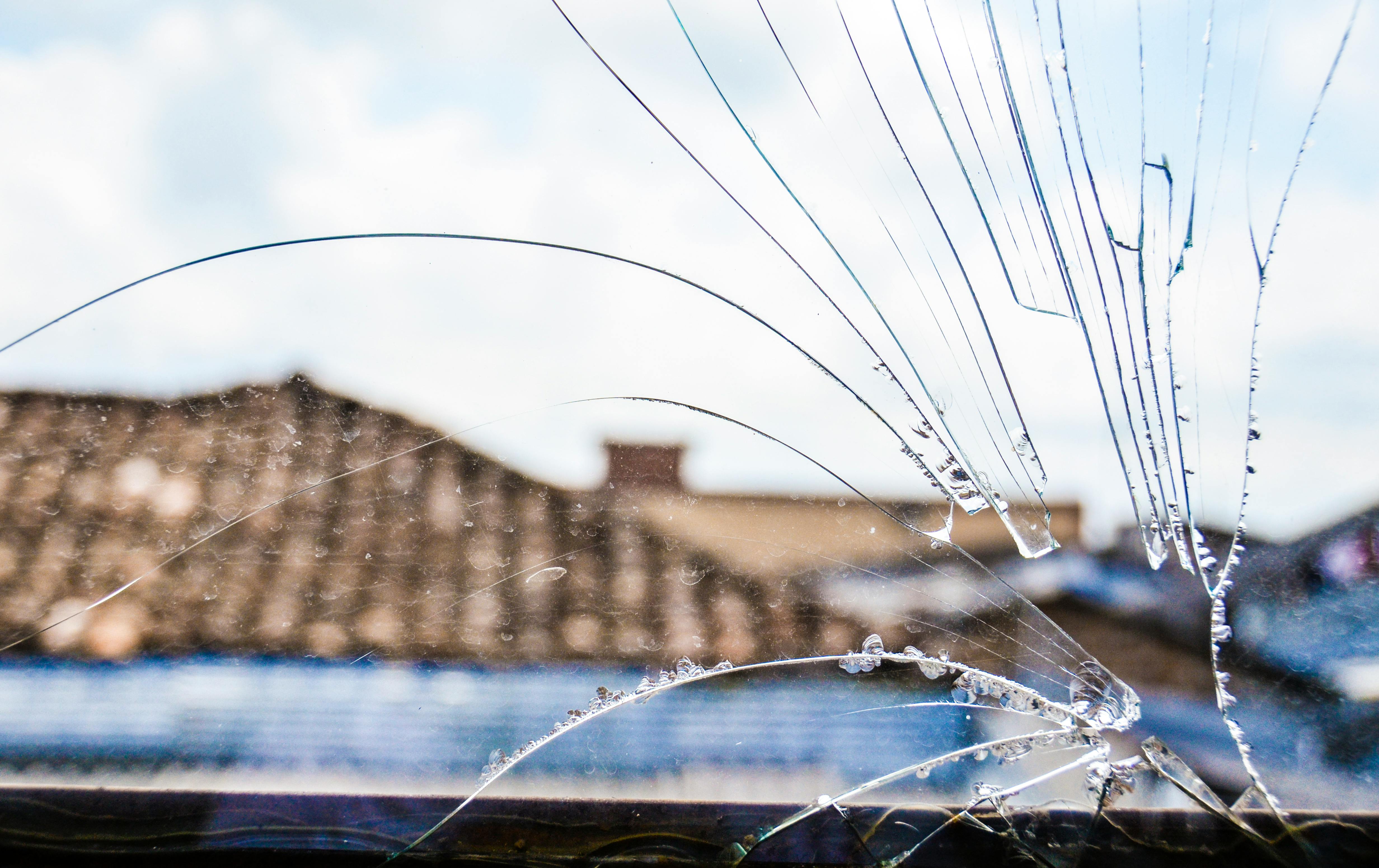Determining the difference between normal wear and tear and tenant damage can often be subjective. It’s often frustrating for owners, who believe that tenants should pay for every little repair that’s needed after they move out. However, tenants are entitled to normal wear and tear, and you cannot charge them for the things that would happen to the property in the normal course of living there. Be very careful about charges to the tenant’s deposit when you’re conducting your move-out inspection and returning the security deposit. If you make a mistake and try to charge the tenants for something that they aren’t responsible for, you might face a court claim and some expensive punitive damages.
Understanding What Tenant Damage Looks Like
Damages can be identified as any abuse, neglect, or misuse of the property that’s caused by the tenant or the tenant’s guests. It could be accidental or they could destroy something on purpose. Some of the most common tenant damages include:
- Broken windows and doors
- Large holes in the walls
- Cuts and gashes on countertops
- Cigarette burns in carpets
- Overgrown or destroyed landscaping from lack of attention and care
If a tenant doesn’t report a dripping faucet or a clogged drain and this leads to a major plumbing problem, it can turn into damage. If the property is not cleaned out before a tenant leaves and there is food left in the refrigerator or debris and trash throughout the house, you can charge the deposit for that as well.
Identifying Normal Wear and Tear
Normal wear and tear is not the same as damage. Every home is going to have some wear and tear as time goes on. This happens to the property you live in yourself. If a carpet has been in the home for five years or more, you’ll probably need to replace it, regardless of the condition the tenant left it in. Make sure you pro-rate any repairs or replacements when it comes to carpets and paint. Small nail holes in the walls from where a tenant hung pictures is considered wear and tear. Scuff marks on the walls or the floors from where furniture rests can also be considered wear and tear. Loose door handles and hinges are going to happen.
We recommend that you give the tenant the benefit of the doubt, and if a conflict arises, try to work it out with the tenant so you don’t find yourself in court. Make sure you accurately and thoroughly document the condition of the property during your move-in inspection and your move-out inspection. You should be able to make a clear and accurate comparison. It’s also a good idea to include as much information as possible in the lease agreement so tenants will know what you expect in terms of property condition when they move out.
If you have any further questions about the difference between damage and normal wear and tear, please contact us at Walters & Company. We’d be happy to help you with inspections, security deposits, or anything pertaining to Denver property management.



